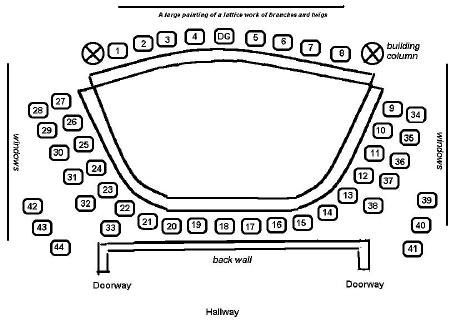Stories
UN Declaration and Programme of Action for a Culture of Peace
Personalities in the "culture of peace bed"
All of the other sectors got engaged with the culture of peace while I was at UNESCO, but the science sector did not - not even with the International Year for the Culture of Peace.
This was ironic because I had come to UNESCO in 1992 to develop materials for the Seville Statement on Violence which was a scientific statement, written by some of the best scientists in the world and later adopted by major scientific societies. It is also ironic because both Director-General Federico Mayor and I came from scientific careers and, in fact, had met through our involvement with the Seville Statement.
I knew people in the science sector, and in some cases had great respect for their scientific abilities, especially those of Andras Szollozy-Nagy who was the scientist in charge of UNESCO's hydrology (water) program.
Therefore, at one point during the International Year for the Culture of Peace, I arranged for a meeting with the directors of the science sector, perhaps 10-12 people.
We gathered in the room called the direction générale, a small semi-circular room where the Director-General normally "held court" with his directors.

The direction générale - click on figure to enlarge
The meeting was extremely brief. Sitting in the chair normally reserved for the Director-General (DG in the figure), I introduced the meeting by saying that I was disappointed that the sector had not played a role in the International Year for the Culture of Peace, for which UNESCO was responsible. I informed them that one of the eight programme areas for a culture of peace was the free flow of information, and that this was essential to the scientific culture. Then I posed a single question: "You say that your priority is promote the ethical responsibility of scientists, but how can a scientists be responsible if they have signed an oath of security for their job? And I'll bet that at least 50% of all scientists in the world are working under conditions of contractual secrecy, either to government military programs or to commercial organizations who are concerned about patents and profits."
The question was met by silence.
Finally, my friend Andras stood up and replied, "David, I think that 50% is probably an underestimate." And he walked out. Everyone stood up in silence and walked out. The meeting was over.
When I went out into the hallway that leads to the direction générale, I found that many of them were waiting for me. They crowded around and shook my hand, saying, "You have broken the taboo. We can't talk about this."
But that was the end. They went back to work, operating under the political taboos of international organizations. The powerful states and their policies are untouchable and unquestionable.
 |
Stages
1982-1986
American Peace Movement
1986-1992
Fall of Soviet Empire
1992-1997
UNESCO Culture of Peace Programme